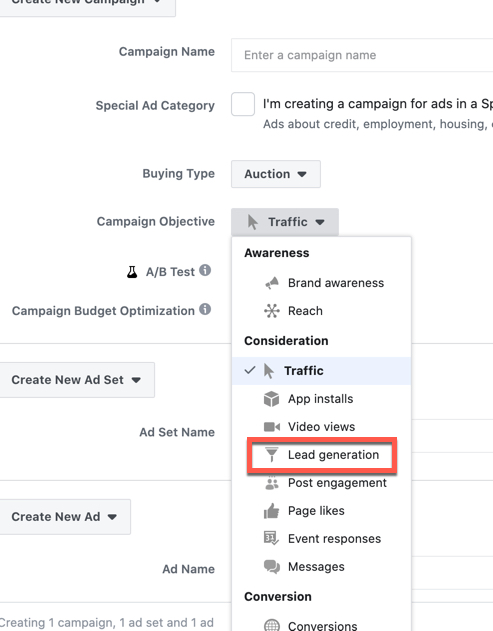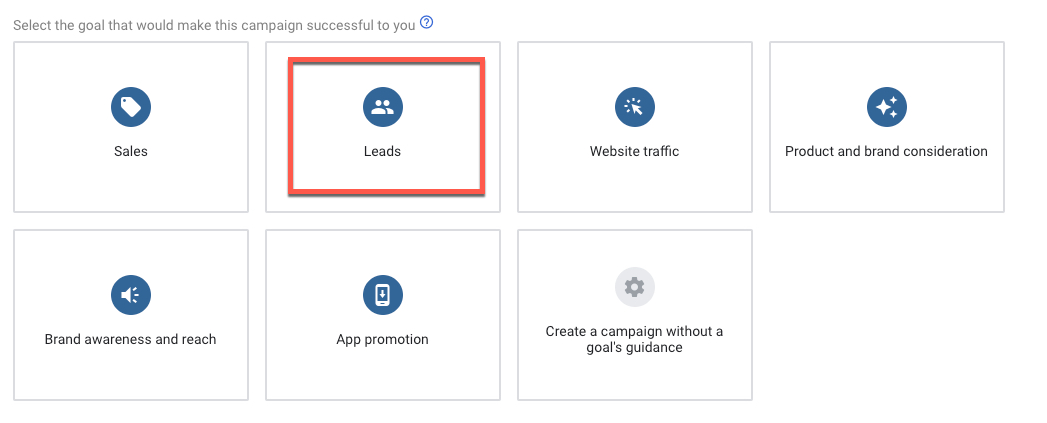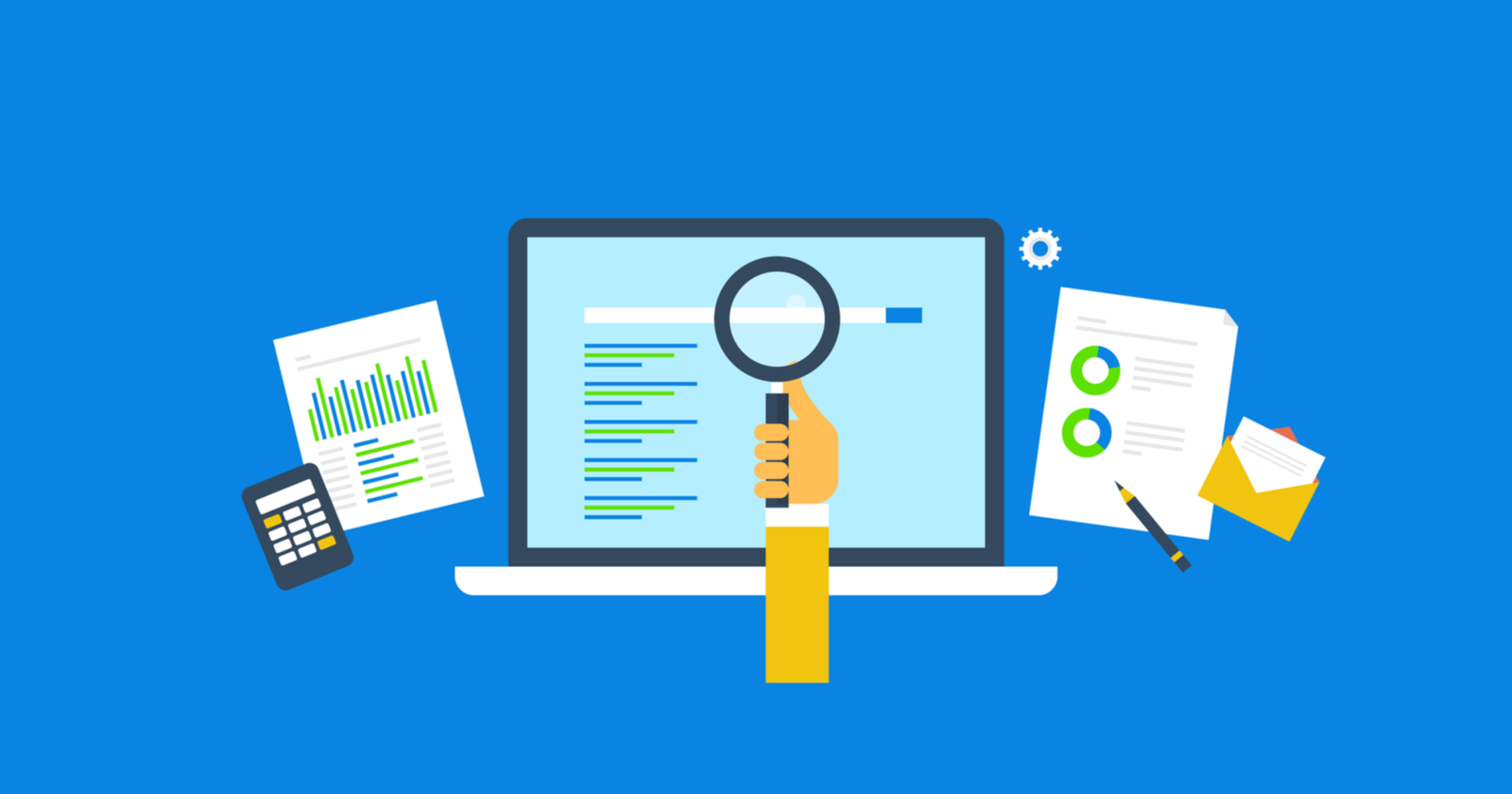Once upon a time, a conversion in PPC was simple.
It meant someone completed an action you wanted – which usually meant a sale.
As marketing grew more sophisticated and measurement capabilities evolved though, the term “conversion” got more complex and nuanced.
How Have Conversions Changed?
Instead of tracking one particular conversion, nowadays marketers focus on many desired user actions.
These “micro-conversions” let marketers know if they’re on the right track or not with their audiences.
For example, marketers may have just measured purchases in the past.
Now they measure other actions – like joining an email newsletter or attending a webinar.
It’s a natural evolution as the marketing ecosystem grew.
When paid search was the only tactic in town, you knew where your traffic was coming from.
Users went to search engines and websites. They usually did it on a desktop.
Now?
There are tablets, phones, search engines, and social media platforms.
Users are interacting with all of them.
Marketers have to sort out which combination of all these things brings them the best brand growth.
And conversions are key to that.
Conversion Types by Goal
Typically, a conversion goal falls into one of these categories.
Lead Generation
The conversion goal for these efforts is to generate a lead.
It can be in the form of an email, a phone call, or a similar action indicating a user is interested in what a company offers.
Platforms have even evolved where campaigns and ad formats can accomplish this without even taking a user to a website.
Campaign objectives like Lead Generation on Facebook make this simple for brands to do.

YouTube recently opened this option to everyone running ads using the feature that was already available in Google Ads.

Getting leads is generally a micro-conversion – meaning, ultimately, they are getting the lead – to sell something.
This can be through email nurturing, or a follow-up phone call from the business.
Purchase Conversions
Typically associated with ecommerce, a purchase conversion is exactly what it sounds like – someone bought something.
However, many accounts will also take other actions into consideration to determine the overall value of a campaign.
For example, micro-conversions like “Add to Cart” may also be counted.
Determining the Value of a Conversion
This is where things became more nuanced as marketing matured.
Back then, there was a single conversion tag.
It was placed on a brand’s website and only fired when the action took place.
Typically, it was on the page of a successful purchase, or after a lead is submitted.
Over time, platforms evolved to have their own measurement pixel.
This means instead of being a conversion that fired a tag loaded on a “success” page, the platform could now “see” everything a user does.
It would track all user movement throughout a site.
And the advertiser could specify which actions or URLs meant a conversion occurred.
This opened up a whole new world of tracking for advertisers because they got a deeper view of user action.
It made tactics like retargeting more impactful because ads that followed users around the internet were more specific to what they did on the website.
With all that tracking makes what a conversion is worth unclear.
It fluctuates depending on the purpose of each campaign.
Let’s take a look at some examples.
Lead Generation Conversion Value
A lead doesn’t mean a sale, and in fact, it may miss a lot of information upfront to determine its overall value.
Lead generation is usually for custom-quoted sales processes that can’t be done totally online.
This can throw a wrench into easily seeing the worth of a lead.
For example, pretend you are generating leads for $.05 each.
Sounds great, right?
What if those leads never turn into a sale?
In that case, the cost per lead doesn’t matter, because there’s no profit!
Lead generation is a delicate balance between paying the right amount for a lead based on likely sales outcome.
How is this done?
Customer Relationship Management platforms like Salesforce, HubSpot, and others, will pull in data that reflects where the user came from when they submitted their information as a lead.
As the sales team works with those leads, the pipeline will begin to show averages of what the sales output is.
There are many ways to calculate ROI in these situations.
What you’re ultimately looking to wind up with is what the ideal cost per lead is, based on your average sales amount.
This will let you know what a lead is worth to your business, and therefore what you’re aiming to pay for one.
Purchase Conversion Value
Though it might seem like purchase is more straightforward, it has its own nuances as well.
In many situations, an advertisement acts as the initial way a user discovers a brand or comes to a website.
Some may buy right then, and some may not.
Most ecommerce advertisers then use remarketing ads to follow users around and close the sale.
Those retargeting ads will usually get the credit for the sale.
The first thing to consider in conversion value is: how much is spent on both top of funnel ads and remarketing ads?
If advertisers simply believe remarketing ads are generating all the conversions and they turn off top of the funnel, the remarketing ads have fewer users to convert to purchase.
Another part of the purchase picture is the lifetime value of a customer.
Let’s say you sell a product, it’s $25, and it never really needs to get replaced.
That’s a different situation from a subscription box charging $25 a month, with an average customer staying for 15 months.
The advertiser has very tight margins in the first example.
In the second one, more than the $25 can be spent to get a purchase.
On average it’s made back over the course of the customer’s stay.
Conversions With No Attributable Source
Here’s the trick with marketing: it’s not all measurable.
We’d love for it to be that way, but users receive input from so many advertisements.
It’s just not possible to know why every conversion happened.
And even when you get close to figuring it out, things like seasonality, holidays, elections, and competition shows up – it’s an ever-changing world.
Despite having more data than ever, it doesn’t create a perfect system of absolute measurement.
What about the conversions you can’t attribute like users who search your brand or come directly to your website?
This is where good, old fashioned gut and correlation data steps in.
What if you turn off YouTube ads and you see brand search die?
Or if you turn off Facebook Ads and see the same thing?
That could mean those channels are giving you brand awareness.
Pay attention to those nuances.
Your marketing is a machine with many parts, and you can’t see all of them.
Your expertise will play a role in the money you put in.
And ultimately what you get out as your conversions.
More Resources:
- How to Measure Success in PPC Campaigns With & Without Conversion Data
- How to Create a Paid Search Plan That Will Drive Results
- PPC 101: A Complete Guide to PPC Marketing Basics
Image Credits
All screenshots taken by author, October 2020





